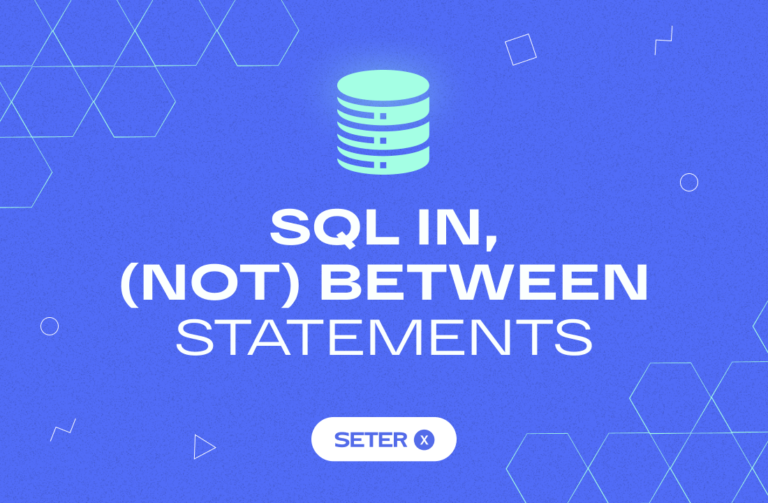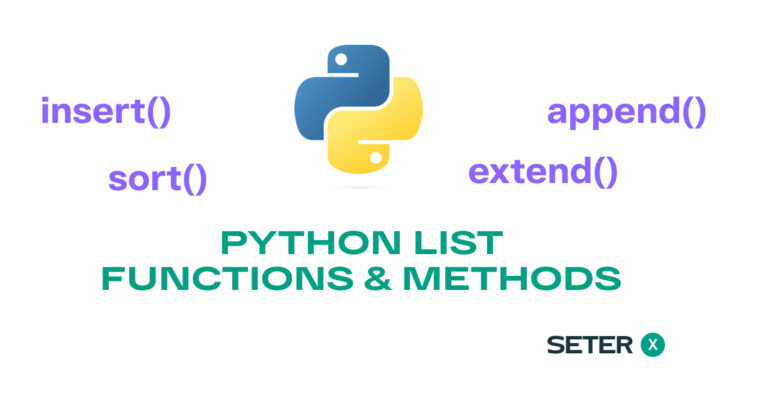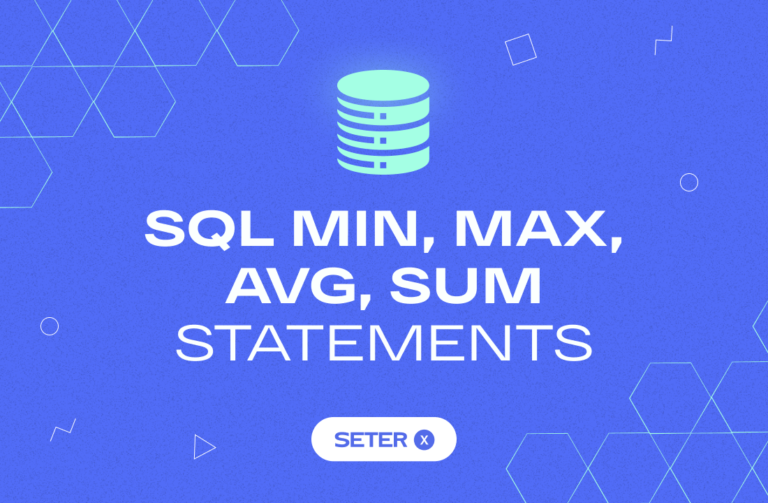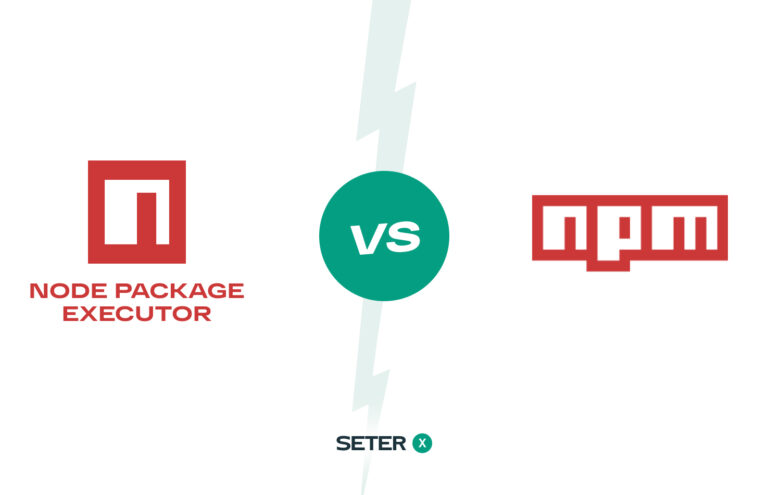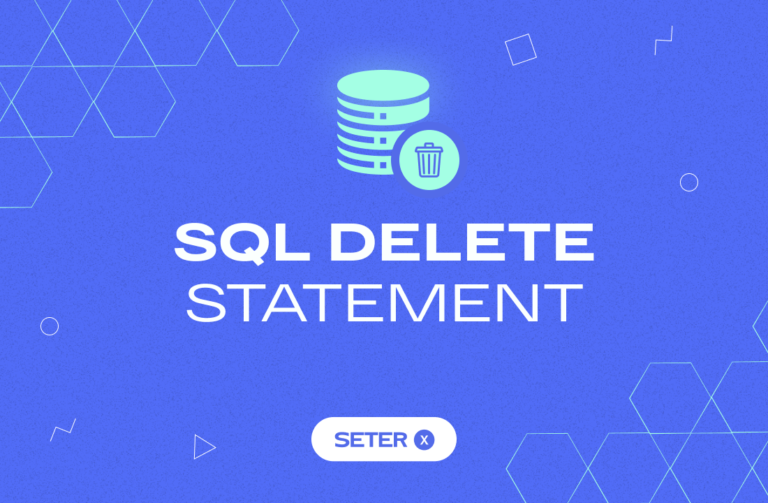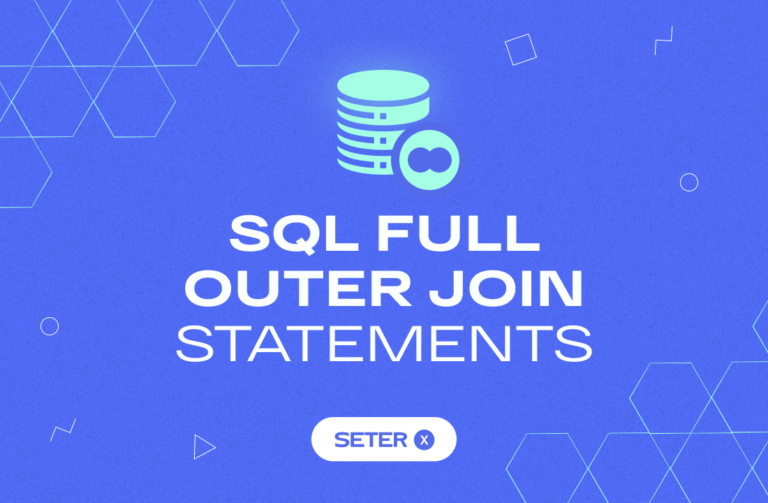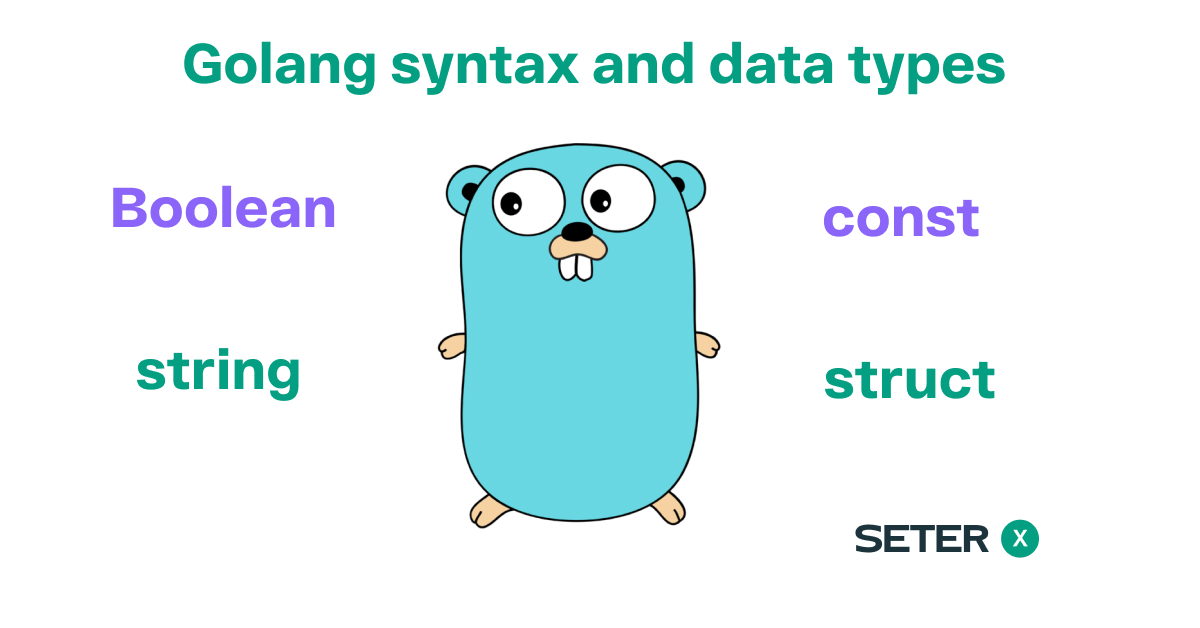
Welcome to the world of Go! Go, also known as Golang, is a statically-typed programming language developed by Google in 2009. It has gained popularity in recent years due to its simplicity, concurrency support, and overall performance. If you haven’t already installed Go on your local machine, be sure to check out our tutorial on how to install and set up Go before proceeding with this guide. In this tutorial, we will cover the basics of Go’s syntax and some of its basic data types.
Go Syntax
Go has a straightforward and easy-to-learn syntax. Here are some of the basic concepts:
- Go is case-sensitive.
- Go uses curly braces to denote code blocks.
- Go uses semicolons to separate statements. However, they are optional in most cases, as the compiler will automatically insert them where necessary.
- Go uses
//for single-line comments and/*and*/for block comments.
You can find more information about Go syntax in the official documentation.
Go Data Types
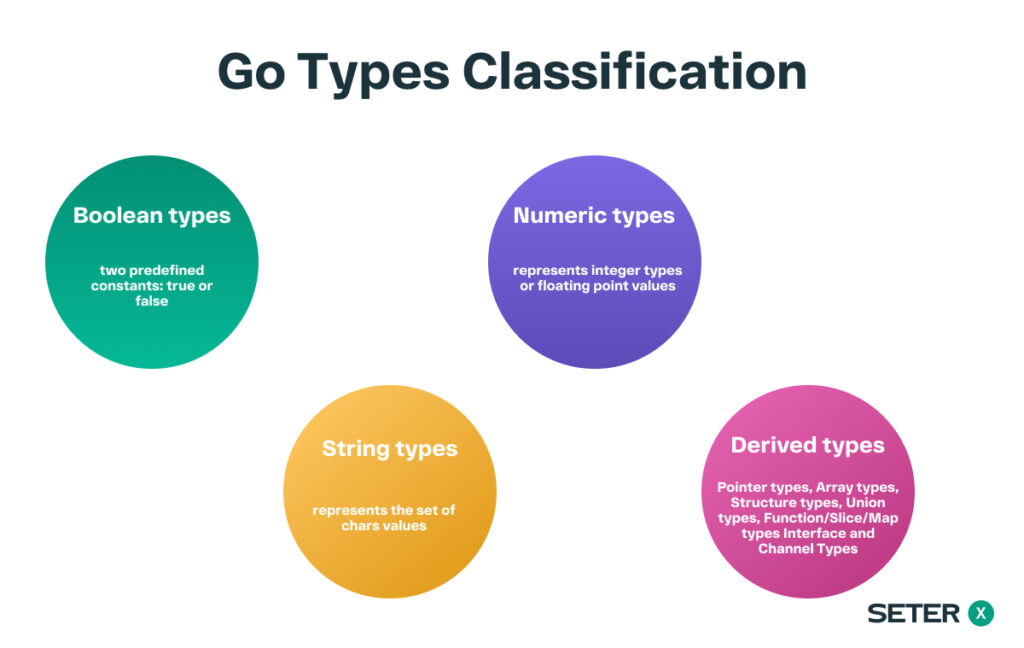
Basic Types
Basic types in Go include:
bool: represents boolean values (trueorfalse)string: represents strings of charactersint,int8,int16,int32,int64: represent signed integers of various sizesuint,uint8,uint16,uint32,uint64,uintptr: represent unsigned integers of various sizesfloat32,float64: represent floating-point numbers of various sizescomplex64,complex128: represent complex numbers with float32 or float64 real and imaginary parts
Aggregate Types
Aggregate types in Go include:
array: represents a fixed-size sequence of elements of the same typeslice: represents a dynamic-size sequence of elements of the same typestruct: represents a collection of named fields, each with a specific typemap: represents an unordered collection of key-value pairs, where the keys are of one type and the values are of another type
Reference Types
Reference types in Go include:
pointer: represents a memory addressfunction: represents a function with a specific signatureinterface: represents a set of methods that can be implemented by any typechannel: represents a communication channel between goroutines, which can be used for synchronization and data exchange
You can find more information about Go data types in the official documentation.
You can also define custom data types in Go using the type keyword. For example:
type MyType int
Variables
To declare a variable in Go, you can use the var keyword, followed by the variable name, the data type, and an optional assignment. For example:
var myInt int = 42
You can also declare multiple variables at once:
var myInt1, myInt2 int = 42, 43
Go also supports shorthand declarations, where the var keyword is omitted and the type is inferred from the value being assigned. For example:
myInt := 42
You can find more information about Go variables in the official documentation.
Constants
Go also supports constants, which are values that cannot be changed once they are set. To declare a constant, you can use the const keyword, followed by the constant name, the data type, and the value. For example:
const myConstant string = "Hello, world!"
You can also define multiple constants at once:
const ( myConstant1 string = "Hello, world!" myConstant2 int = 42 )
Conclusion
This is just a brief introduction to Go’s syntax and basic data types. Go has many more features and capabilities, and we encourage you to learn more about the language and start experimenting with it. Happy coding!
If you want to learn more about working with Go’s flow control structures, such as for loops, if statements, and switch statements, be sure to check out our tutorial on how to work with them.
Additionally, if you want to dive deeper into Go’s built-in aggregate types, including arrays, slices, and maps, check out our full guide. By learning more about these advanced features, you’ll be well on your way to becoming a skilled and confident Go programmer.

